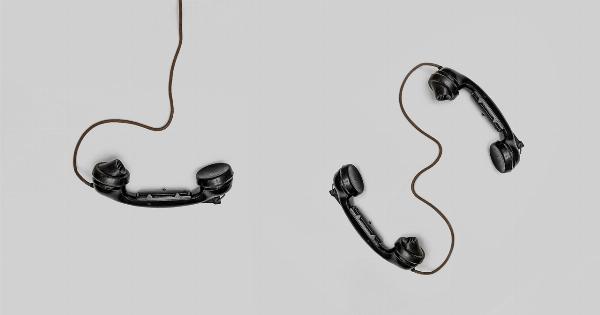As an expectant mother, you must be full of questions about your upcoming childbirth. One of the most common questions that new moms-to-be have is about cutting the umbilical cord.
After all, the umbilical cord is the baby’s lifeline in the womb, and it is only natural to wonder when it should be cut. According to Mothersblog’s gynecologist, there is no one-size-fits-all answer to this question. The right time to cut the umbilical cord depends on several factors, including the baby’s health and the mother’s birth plan.
What is the umbilical cord?
The umbilical cord is a tube-like structure that connects the developing fetus to the placenta. It contains two arteries and one vein, which help to transport blood, oxygen, and nutrients from the mother to the baby.
The umbilical cord is responsible for providing the growing fetus with all the nutrients and oxygen they need to grow and develop during the pregnancy.
When to cut the umbilical cord?
There is no one right answer to the question of when to cut the umbilical cord. It depends on a few different factors and, in most cases, the decision is up to the mother and the healthcare provider.
Delayed cord clamping
A growing number of healthcare providers, including Mothersblog’s gynecologist, advocate for delayed cord clamping. Delayed cord clamping is when the umbilical cord is left intact for a few minutes after birth before it is cut.
This allows more blood and nutrients to flow from the placenta to the baby, which can improve the baby’s iron levels and overall health. According to the American College of Obstetricians and Gynecologists (ACOG), delaying cord clamping for at least 30-60 seconds after birth can be beneficial for the baby.
Cord blood banking
Cord blood banking is another factor that can impact when the umbilical cord is cut. Cord blood banking is the process of collecting and storing a baby’s umbilical cord blood for medical uses in the future.
Some parents choose to delay cord clamping so that they can collect the cord blood for banking purposes. Others choose to donate the cord blood to a public cord blood bank, where it can be used to help treat blood-related diseases and disorders.
Cord prolapse
In some cases, the umbilical cord can prolapse, which means it slips down into the birth canal before the baby. Cord prolapse is a medical emergency because it can compress the cord and cut off the baby’s oxygen supply.
In cases of cord prolapse, the umbilical cord must be cut immediately to save the baby’s life.
Conclusion
The decision of when to cut the umbilical cord depends on a few different factors, including the baby’s health, the mother’s birth plan, and the availability of cord blood banking.
While delayed cord clamping is becoming increasingly popular, it is not always the best option for every mother and baby. Talk to your healthcare provider about your options for cutting the umbilical cord and make the decision that is right for you and your baby.



























